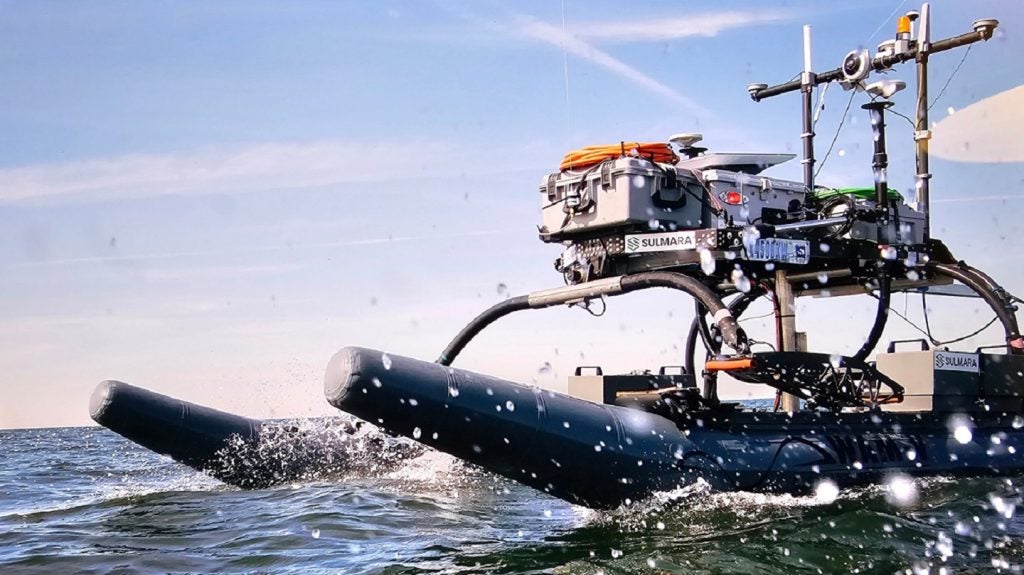
The Nord Stream project will see the construction of a 1,220km-long subsea pipeline designed to deliver gas from Russia’s vast gas reserves to the European Union via the Baltic Sea. While the European pipeline network is already very well developed, the stress is beginning to show.
Rising demand coupled with supply disputes are making the possibility of gas shortages an increasing likelihood in many European nations, and it’s this pressure on the system the project aims to relieve. It is hoped the construction will bring some much-needed security to European gas supplies because any disruption in the current network can lead to widespread shortages throughout the continent. Supplies were severely affected in January 2009 when a dispute between Ukraine and Russia over an estimated $600m unpaid bill led to Russian prime minister Vladimir Putin ordering Gazprom to reduce gas supplies to Ukraine until the issue was resolved.
A similar situation arose between Belarus and Russia in June, which could have potentially affected the supply of gas to Lithuania, Poland and Germany. The fragility of supply to Europe is all too obvious to Ruurd Hoekstra, deputy director of construction for the Nord Stream project. "Currently 80% of the gas Europe buys from Russia transits through Ukraine," he says. "In any industry, being so dependent on one route to market is generally considered high risk for both supplier and consumer."
This fragility, coupled with an expected increase in demand from European nations of between 40-45% by 2030, would put further strain on the current infrastructure. Indigenous production is set to plateau, too, or even decline slightly, over the next 20 years, settling at approximately 250-300 million bcm. Imports, therefore, will have to increase to meet the forecast rise in demand. Given these stresses on the system, the added 55bcm per year in capacity that the Nord Stream pipeline is set to provide would be a boon.
"This capacity will cover about 25% of the additional gas that the EU will need over the coming decades to meet increased demand at a time of reduced production from the North Sea," says Hoekstra.
See Also:
It is not only Europe that will benefit from the project; Russia, too, will receive some valuable diversification in its export routes. Currently, the gas that reaches western Europe first has to traverse Belarus or the Ukraine, meaning that any similar instability such as that seen in the past couple of years can severely affect both Europe’s supplies of gas and Russia’s exports.
How well do you really know your competitors?
Access the most comprehensive Company Profiles on the market, powered by GlobalData. Save hours of research. Gain competitive edge.

Thank you!
Your download email will arrive shortly
Not ready to buy yet? Download a free sample
We are confident about the unique quality of our Company Profiles. However, we want you to make the most beneficial decision for your business, so we offer a free sample that you can download by submitting the below form
By GlobalData"Gazprom is looking to have an additional northern route through which to supply customers in Europe, especially north-western Europe," says Hoekstra. By constructing a pipeline directly to Germany, where the pipeline terminates, a more reliable link with the region can be established.
Baltic advantages
Building a subsea pipeline, through the Baltic Sea, as opposed to an onshore alternative has several advantages. Hoekstra expains: "During the late 1990s, a Finnish- Russian consortium, North Transgas Oy, conducted a feasibility study of several onshore and offshore alternatives for transporting natural gas to Europe. The Baltic Sea route proved to be the best possible solution in terms of technical, environmental and economic feasibility.
Plus, total costs and environmental impact are much lower. For example, there is no need for intermediate compressor stations along the 1,220km offshore route, whereas they are required on land. Compared to possible onshore alternatives, the Baltic Sea solution also requires less space and less maintenance." Although initial investment for a subsea pipeline is higher, it has been calculated that over a 25-year period it will prove cheaper due to the lower maintenance costs.
The Baltic Sea also provides the most direct route to western Europe from the Shtokman gas field in the Barents Sea, the proposed source of the Russian gas. "Offshore pipelines are now proven technology, as the positive experience with more than 6,000km of large diameter subsea pipelines in the North Sea has shown," says Hoekstra.
"We are using engineering, construction and logistics partners who all have extensive experience in different aspects of the planning, construction and operation of offshore pipelines, using many different technologies. All the technology used for Nord Stream is tried and tested and proved to be sound."
The pipeline is due to be completed in 2012, but will be opened in stages. "Construction is on schedule and on budget," says Hoekstra. "The first of the twin lines is due to start transporting gas to Europe in late 2011, and the pipeline is scheduled to be fully operational in late 2012 when the second line is completed."
Once complete, however, the 55bcm the Nord Stream project will only go some way to sating Europe’s ever-growing demand for natural gas, meaning that further pipelines, already under construction or consideration, are a necessity.





